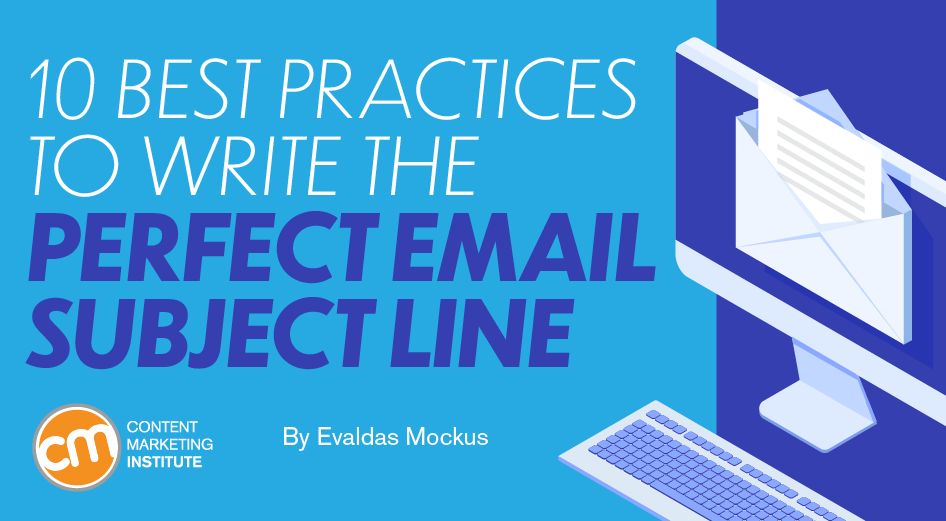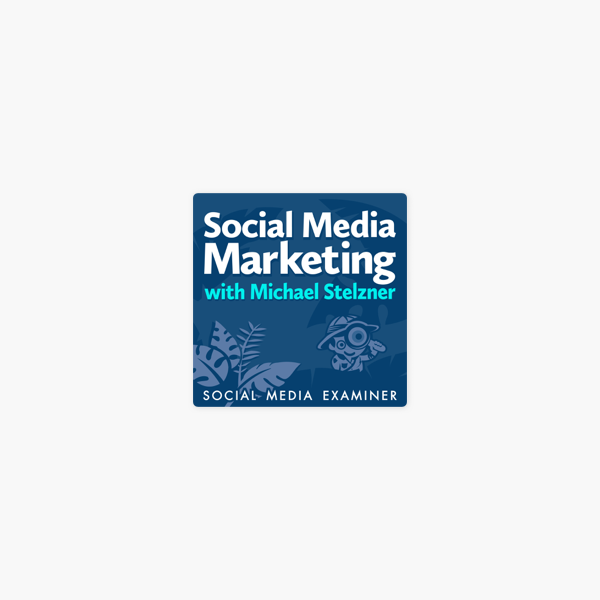
10 Best Practices to Write the Perfect Email Subject Line
10 Best Practices to Write the Perfect Email Subject Line
A subject line often is the make-or-break text for email.
It’s what makes your email stand out among the 100-plus in the average inbox every day. It’s what motivates recipients to open the email.
How do you make a great first impression in inboxes?
Read on to learn how to not only pique the interest of recipients but to better their engagement with your brand.
1. Make it personalized
You have many personalization options for emails. For example, you can send it from a person at your brand instead of a generic brand email name like TextRanch
The human touch is more likely to grab subscribers’ attention who see it as a more personal email, not a promotional brand email.
You also can personalize the subject line based on what you know about the subscriber. For example, subscribers who live in Toronto where heavy snowfall is predicted might receive an email with this subject line: “It’s snowy in Toronto – get 20% off leather jackets.”
2. Keep it short and to the point
Almost half of people prefer to open their emails on a mobile device. If you write a lengthy subject line, much of it won’t be seen by mobile viewers. Most email clients won’t show more than 43 characters of a subject line in mobile view.
A Marketo study found subject lines containing four words received the highest average open rates (18.26%). However, the click-to-open rate likely is more important because it encompasses both opening and clicking on at least one link – conversions. The highest average CTO rate (10.8%) happened with seven-word subject lines, closely followed by nine words (10.6%) and six words (10.1%).
3. Use all available real estate
Though the subject line should be short, the preview text or pre-header can be a little longer. In this example from Clark at InVision, the subject line is “Real World: Product Design” with the preview text, “5 UX career trends for 2019. Plus, the true life of a lead product …”
Make sure you don’t repeat the subject line in the preview or pre-header section. Instead, add an explainer or highlight something that was introduced by the subject line or include a detail that the subject line might not indicate is included.
4. Use numbers
Debra Jason once said: “Our brains are attracted to numbers because they automatically organize information into a logical order. In marketing and advertising, your headline is an advertisement for your content. A single, small odd-numbered digit, like seven, for example, is like candy for your organizational mind.”
The same goes for your email subject line too. Yesware analyzed 115 million subject lines and found including numbers in subject lines increases open and reply rates
Numbers succinctly tell the story and being visually different than letters, they pop more in the inbox. Let’s look at two options with similar messages:
- Top tips to lose weight now!
- Lose 5 pounds in 45 days
Which one works better? The second one because it sets expectations and creates a clear picture of what’s inside for the recipient.
5. Use power words
To transform a bland, run-of-the-mill subject line into an irresistible one, use power words.
You can trigger an emotional and psychological response in the recipient, which is more likely to prompt a click to open the email. Consider power words that arouse curiosity, appeal to vanity, build trust, or develop FOMO (fear of missing out).
Arouse curiosity
Our brains actively respond to curious impulses when presented with something incongruent to our understanding. Use that thinking to create a curiosity gap in your subject lines.
For example, ask a question: Wonder How We Make Our T-shirt Unique? Or make a genuine promise: 7 Unexpected Tactics to Increase Your Sales.
Appeal to vanity
You can tap into the psychological behavior that makes people want to be admired or recognized. This subject line appeals to the vanity around beauty: A Dazzling Skin-Care Product That Will Make You Look Younger.
Here’s a list of vanity-appealing power words. Remember, you can use multiple power words to enhance the efficiency of your subject line too, but don’t go overboard:
Build trust
Integrate words into your subject line and preview text to foster a sense of trust with the recipients. Check out these examples: Try These Bestselling Products or Get Lifetime Access to Our Membership Plan.
Create FOMO
Loss aversion is directly proportional to fear of missing out. You can clearly convey what recipients stand to lose by not opening your email as this example illustrates: 5 Hacks You Must Know When Buying Jeans.
6. Get to the offer
You know that sharing something of value is always a good marketing strategy. Let the recipients understand what they are going to get after opening your email. Make the offer compelling and irresistible.
You don’t need to use the word “free” to create value. Offer a discount, include a success story, etc. Consider these examples:
- Check Out Our Awesome 20% Mother’s Day Discount
- Grab a 10% Discount on Your First Purchase
- See How Rebecca Got Rid of Her Acne With Our Serum
Be honest about your products or services, and don’t make any false promises to earn an open.
7. Make an announcement
Announcing new product releases, limited editions, updates, or even upcoming events in your organization? Do it in your email. Convey that feeling of insider news or exclusivity in your subject line:
- Be the First to Order Tesla’s Model 3, Available Now
- Exclusive Preview: 5th Annual Black Friday Boot Camp
8. Think carefully about emojis
Old research from Experian says emojis in subject lines lead to a 56% higher open rate. But more recent analysis from Search Engine Land and others indicates emojis can have a negative effect in prompting recipients to open the email.
If you want to test the impact of emojis in your subject line, make sure they’re relevant to your message and easily understood by the recipients like this for gift-giving events
Put them at the end, between words, and even in the preview text. But don’t overdo it, and make sure to analyze your open and click metrics to see if they’re having a positive impact.
9. Avoid shouting
Have you ever received an email with a subject line like this? OPEN NOW—YOU WILL BE SURPRISED!
Many brands still do to get their subscribers’ attention. However, this practice isn’t good and can get your emails flagged or marked as spam. Instead, write in a less aggressive manner.
While all caps should never be used, test which case – sentence, title, or lower – resonates best with your audience. Here’s how those options would appear:
- Increase your e-commerce sales in just 4 weeks (sentence case)
- Increase Your E-commerce Sales in Just 4 Weeks (title case)
- increase your e-commerce sales in just 4 weeks (lowercase)
10. Test your subject line
Last but not the least, test your subject line before sending your email to a single recipient. You can run it by a teammate or a friend and get feedback about how engaging the subject line is. You also can use tools such as my employer Omnisend’s subject line tester, Net Atlantic’s, or another.
Here are some suggestions for testing subject lines:
- Write at least 20 variations to test.
- Identify the top three.
- Use each of those in your campaign through A/B testing.
- Analyze the winner.
- Repeat the process for future campaigns.
Send away
Although there are no hard and fast rules that can give you 100% engagement and conversions, these best practices will help you write high-performing subject lines that will help interest and engage your readers.









